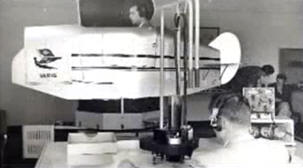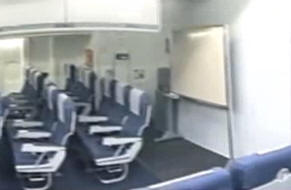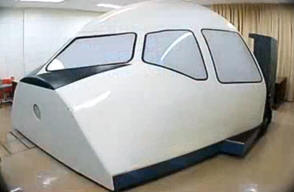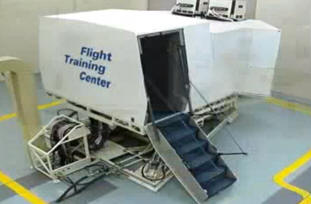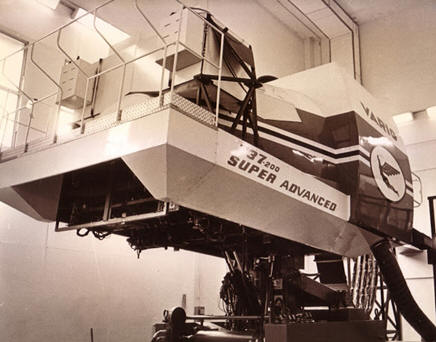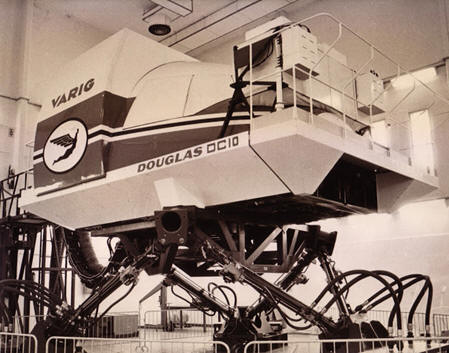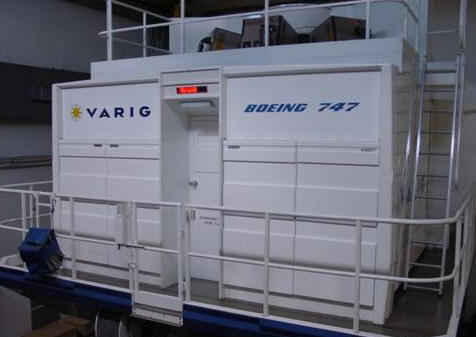| Fundação Ruben Beta > FRB-Par |
>
VARIG > VPTA > VPSC |
| > Varig Cargo/Varig Log, Varig VEM, Pluna Uruguay |


VEM
(Varig Engineering and Maintenance) is VARIG’s group aircraft
maintenance company. VEM is among the top ten aircraft centers for
maintenance in the world, besides being the largest in Latin
America.
VEM was established on October 22, 2001, but its legacy came since
1927 with VARIG’s creation. VARIG’s first mechanical class was
formed by Germans. Only after World War II, the first Brazilian
mechanics began to appear.
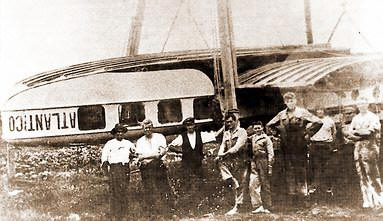
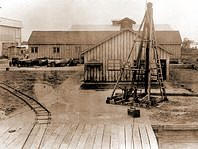
At the
last years of the Twenties, the era of the flying boats was ending,
the company brought Junkers airplanes – a totally new technology for
the team of five mechanics to absorb and put into practice. At the
following decade, the fleet increased with a Messerschmitt M20B and
a three-engine Junkers. Avionics appeared at that time, with the
radio becoming essential for aircraft navigation. Several radio
stations were created along company's routes to guide its pilots,
and its technicians had to learn how to repair the equipment.
Until then, the German technology had predominated, but with the
Second World War, it became difficult to import parts from Germany.
Mechanics had to create ways of extending the useful life of each
component, even manufacturing the material that was needed. The
difficulties led to the development of specialized shops – engines,
radio, structures – and an increase in the knowledge of aeronautical
technology.
In the 40s VARIG renewed its fleet with new De Havilland, Lockheed
Electra, Douglas DC-3 and Curtiss C-46 aircraft. The Lockheed
Electra brought new technological evolution: constant pitch
propellers, retractable landing gear, latest generation radio
equipment, equipment for flying by instruments and a complex
electrical system.
With the Curtiss C46 the engineering and maintenance team had to
create a solution to satisfy the Civil Aviation regulations of
Argentine Government, which determined that only four-engine
aircraft could cross its territory. The solution was to adapt
auxiliary propulsion jets on the Curtiss Commander wings, used only
in landings and takeoffs when there was a chance to abort.
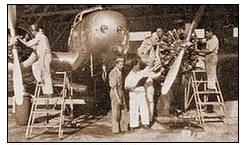
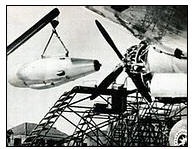
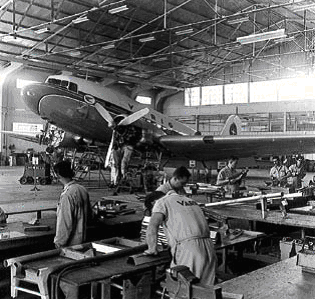
With the introduction of increasingly complex aircraft such as the Super Constellation, VARIG need to invest more in maintenance. With the introduction of the jets aircraft Boeing 707 and Caravelle 1, VARIG’s workshops, in Porto Alegre, were already the most complete and prepared in South America. Constellation’s engines were frequently in trouble, so the mechanics gave it the nickname of the "biggest three-engine aircraft in the world".
The arrival of Caravelle established Rio de Janeiro as VARIG's hub for main flights. VARIG’s mechanics and engineers went to the United States and France to be trained even before the aircraft had arrived. During the Seventies, the company made a large investment in the Rio de Janeiro's Maintenance Center, building several shops and the largest hangar in Latin America, inaugurated in 1980, with space for four widebody, simultaneously. The Sao Paulo’s Maintenance Center concentrated the services on regional and some years later in corporate aviation.
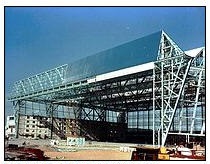
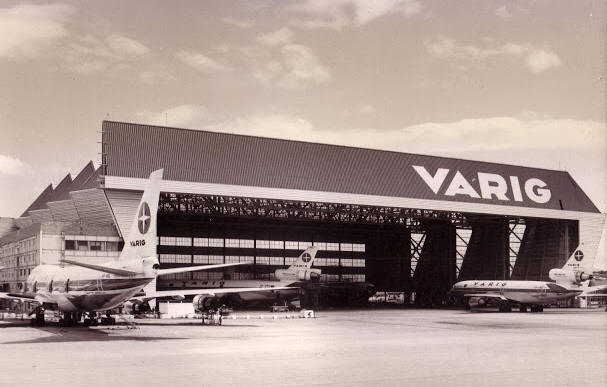
In 2001, what was a the company business unit was transformed into a new company – VEM Maintenance & Engineering – with the mission to provide efficient solutions in engineering and aeronautical maintenance according to the air transport authorities requirements, with a high level of quality and punctuality, within competitive schedules and prices, seeking to exceed the expectations of customers and shareholders. This philosophy in operations and business conducting led to winning important customers – such as Thai Airways, which brought aircraft from the other side of the world to do a D Check at Rio de Janeiro, carried out in record time: 26 and 28 days respective aircraft. VEM also serves military aviation, whose customers are the Brazilian, Argentina, Uruguay and Peruvian Air Force, besides business aviation.
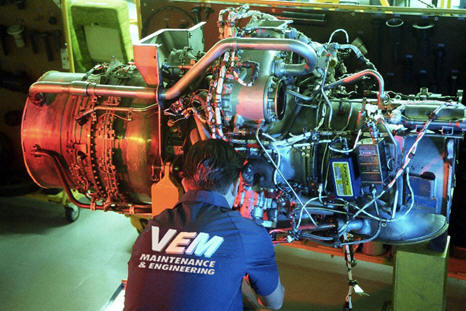
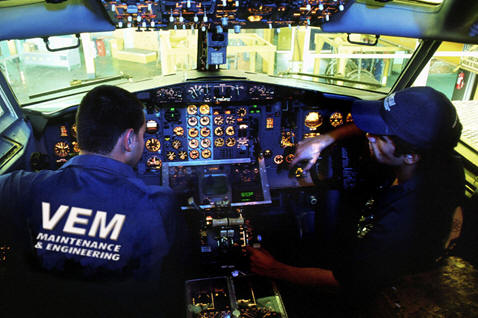
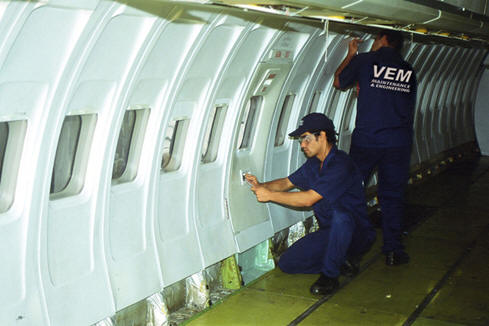
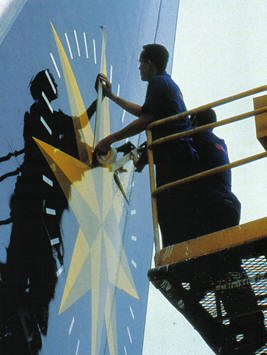
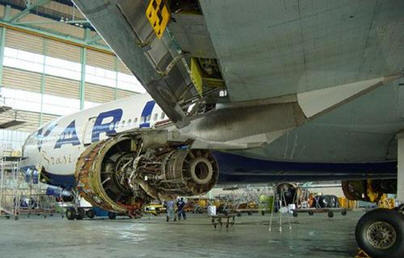
CEMAN Porto Alegre
Nº hangar:
5
Wide-body aircraft: 1
Narrow-body aircraft: 5
Area: 78 mil m²
VARIG's first maintenance center, specialized in medium and small aircraft.
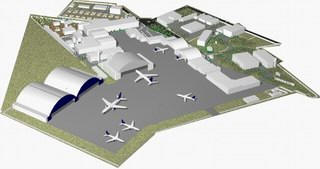
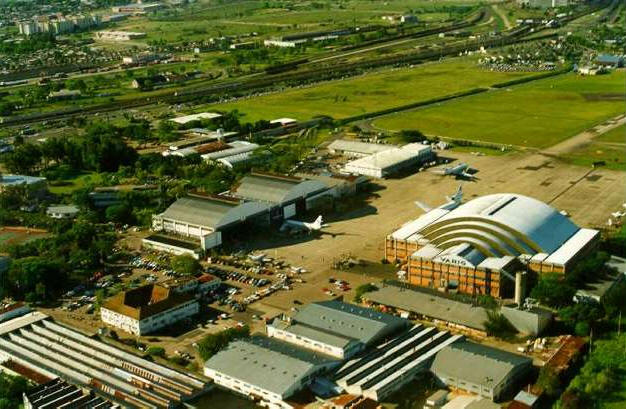
CEMAN Rio de Janeiro
CEMAN Rio
de Janeiro
Localização: Aeroporto Internacional do Galeão
Nº hangar: 1
Hangar area: 11 mil m²
Wide-body aircraft: 4
Area: 200 mil m²
It was built in 70s and its specializes in large jets maintenance.
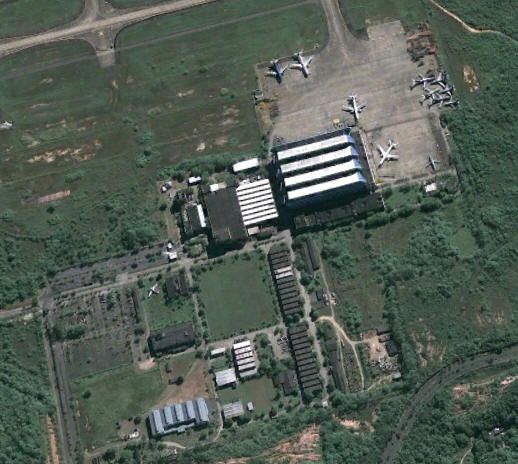
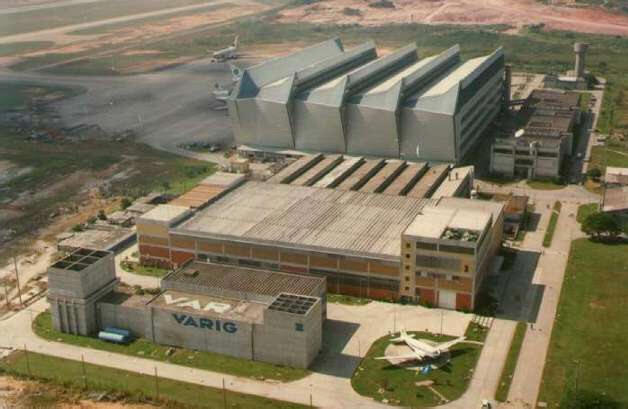
VEM
|
Employees: |
3900 |
|
Maintenance Centers: |
• Rio de Janeiro (Aeroporto Internacional Tom Jobim) |
|
Hangar: |
6 |
|
Company Activities: |
heavy maintenance |
|
Checks: |
A, B, C, D |
|
Aircrafts: |
Airbus A300 |
|
Customers: |
Aerolineas Argentinas, Aerolineas Sudamericanas, Air Atlanta Icelandic, Air Comet, Air Europa, Air Minas, Air Transat, Alitalia, Avianca, Arrow Cargo, Aviation Capital Group, Avitas, AWAS, Bavaria, Boeing, Centurion Air Cargo, Cielos Airlines, Copa Airlines, Embraer, Euro Atlantic, Express.Net, Fuerza Aerea de Chile, Fuerza Aerea Uruguaya, GECAS, Gemini Air Cargo, Gol, IAI-Israel Aircraft Industries, ILFC- International Lease Finance Corporation, KD Avia, LAB- Lloyd Aereo Boliviano, Lan Chile, Macquarie, Pegasus Air Express, Pluna, Oceanair, Pantanal, Passaredo, Puma Air, Rico, Republica del Peru Fuerza Aerea, Santa Barbara Airlines, Sojitz, Southern Winds, TAAG, Taf, Tam, TAP Portugal, Total, Trip, Thai, Ukraine International Airlines, Webjet, White. |
Certifications:
FAA – USA
EASA – Europe
ANAC – Brazil
INAVIC – Angola
DNA – Argentina
BNA – Bermudas
DGAC – Bolívia
TCCA – Canada
DGAC – Chile
IACC – Cuba
DGAC – Peru
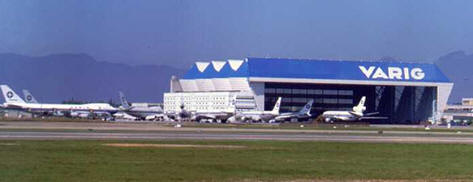
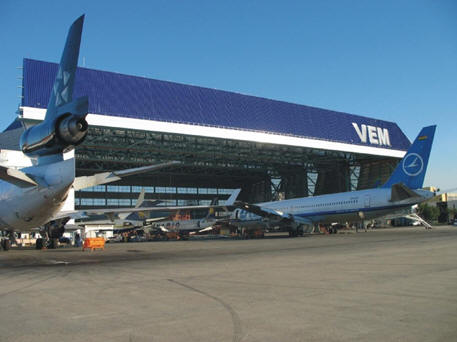
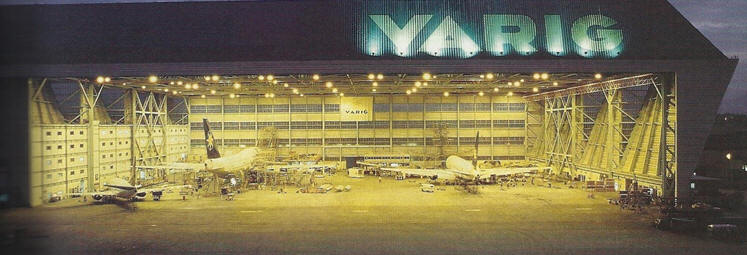
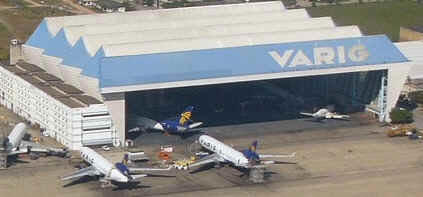
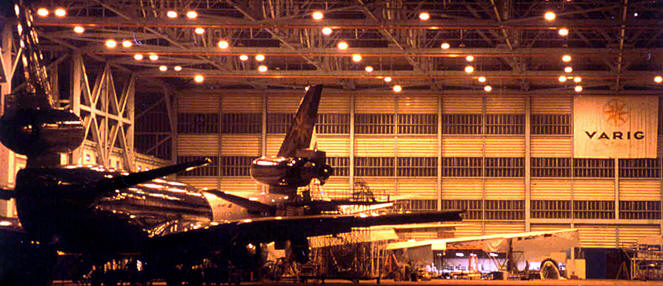
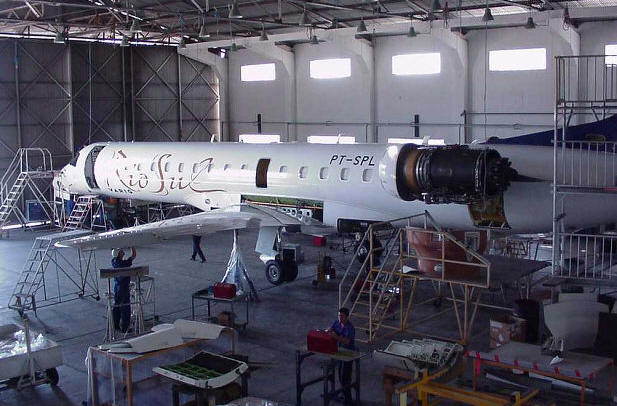
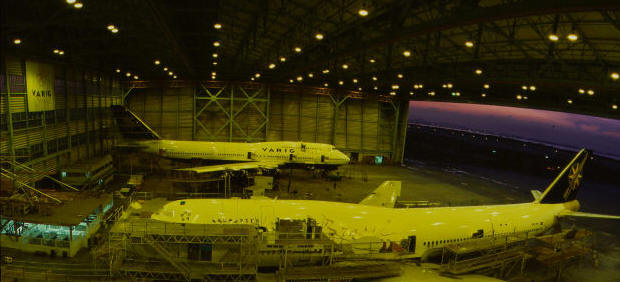
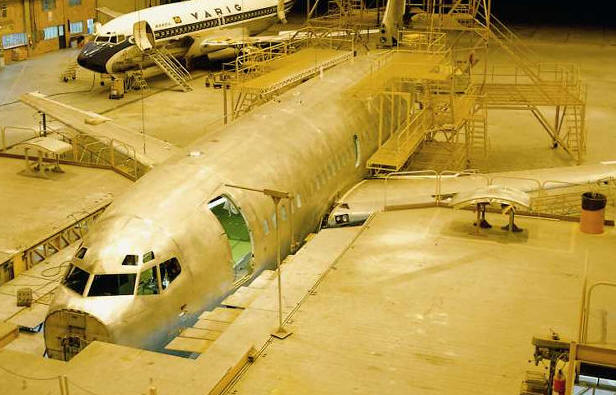
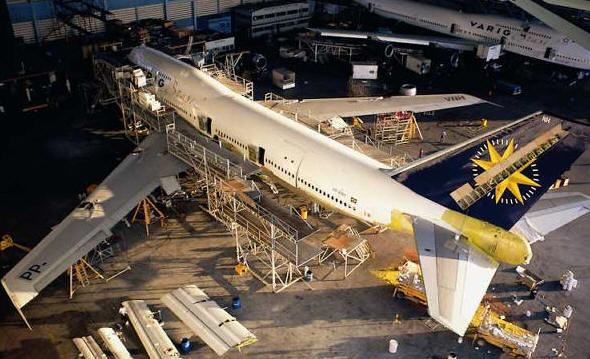
VARIG Flight Traning Center
The history of VARIG Flight Training Center began in Porto Alegre in 1945. In late 60s the structure was moved to Rio de Janeiro, creating the Training Center Flight Operation. The center has 30 classrooms, seven flight simulators, 57 computers for training, 5 FTD and 4 pilot cabins. Besides training pilots, VARIG Flight Training Center also conducts training for crew, survival in jungle and sea, firefighting on board.
